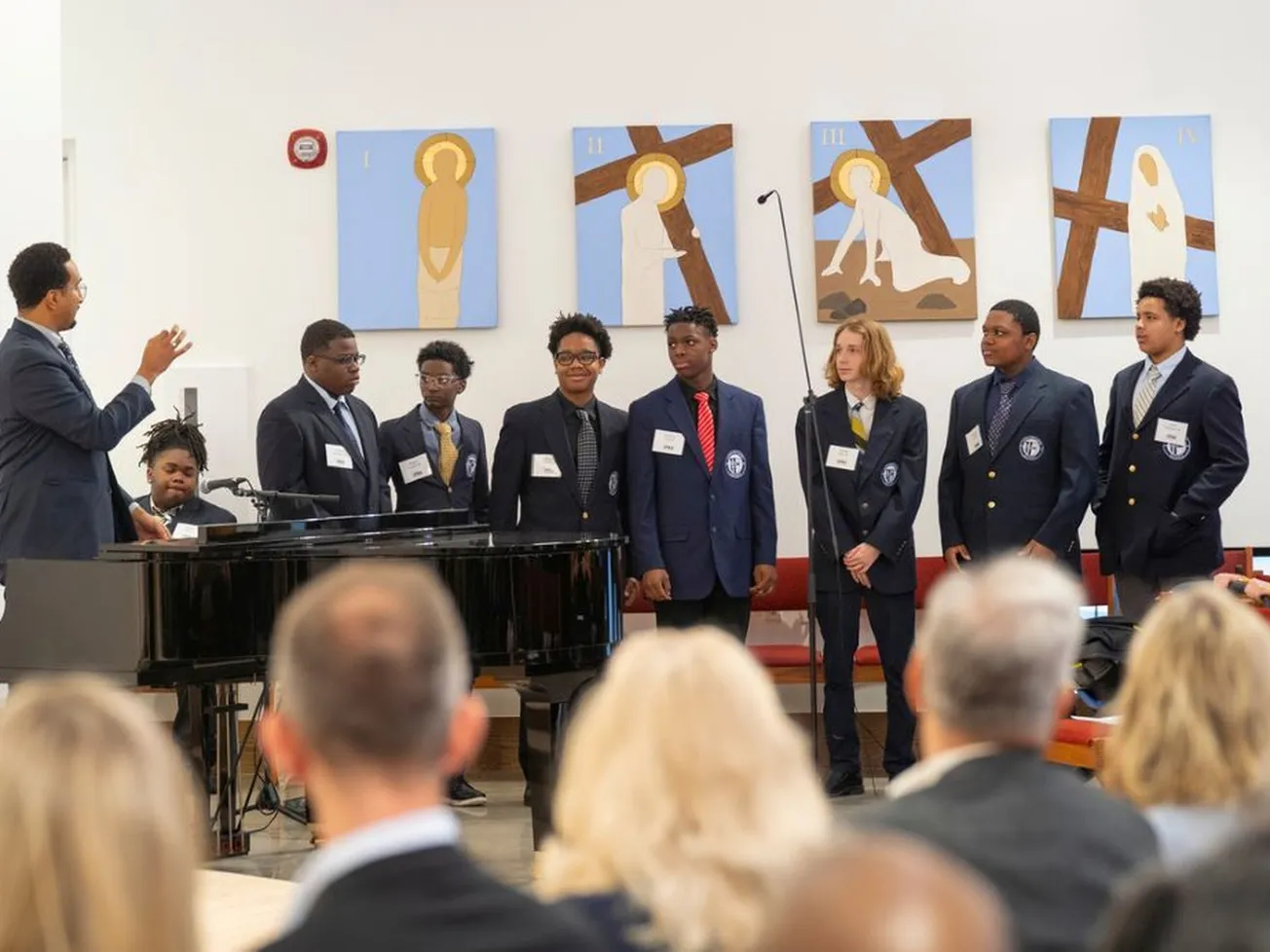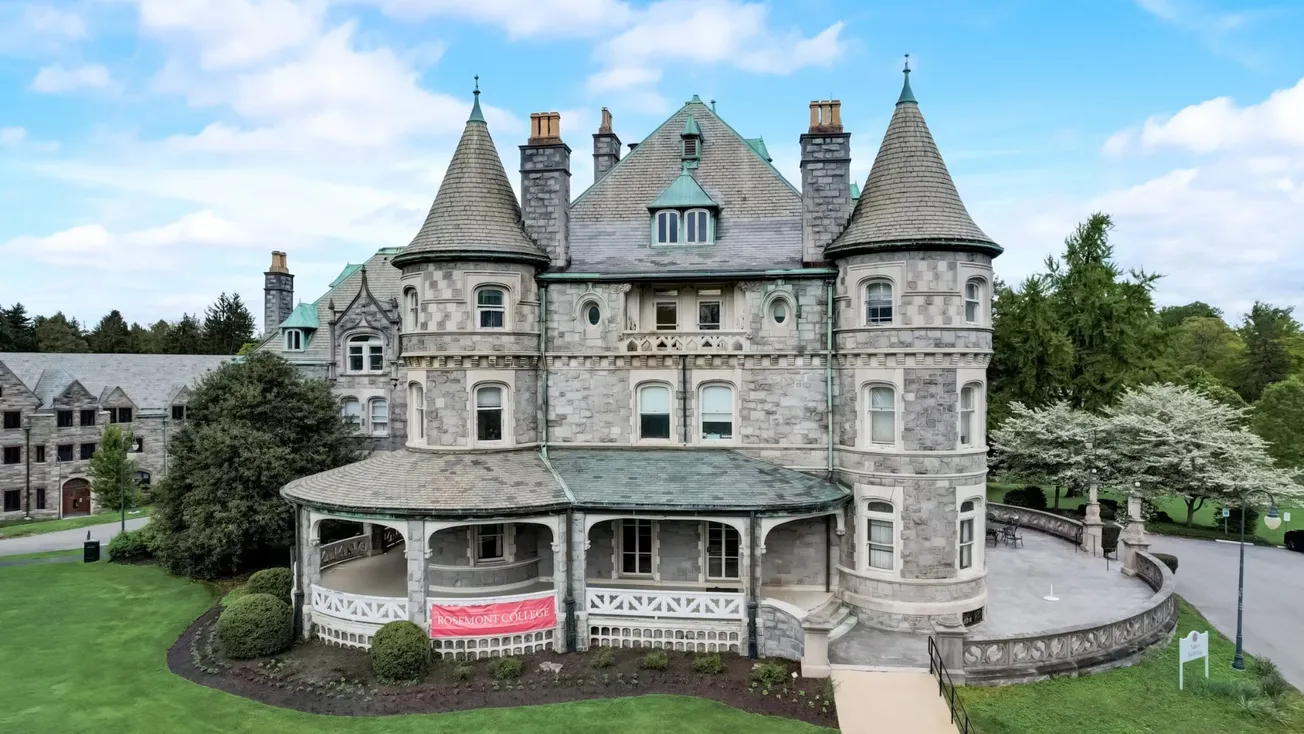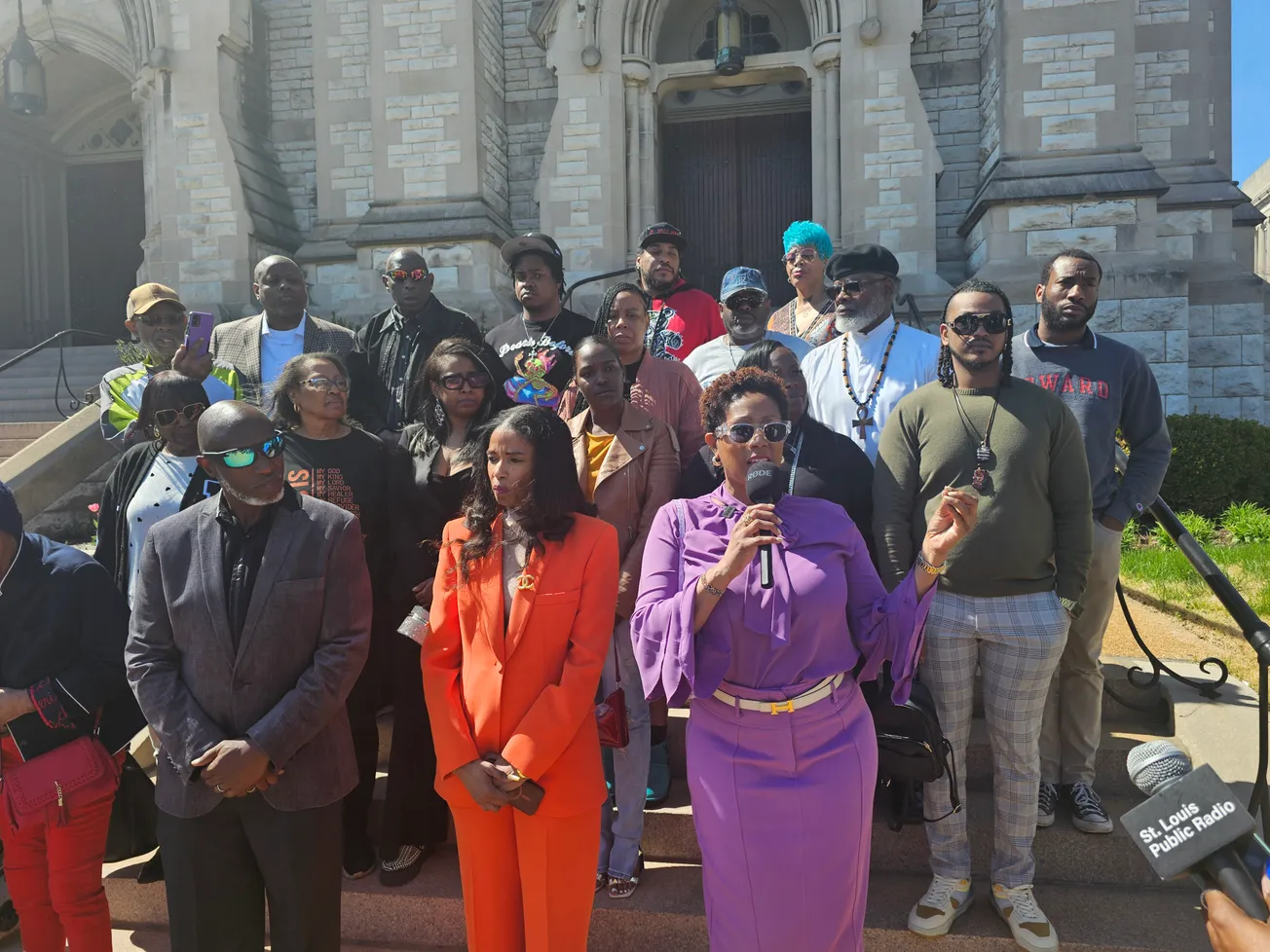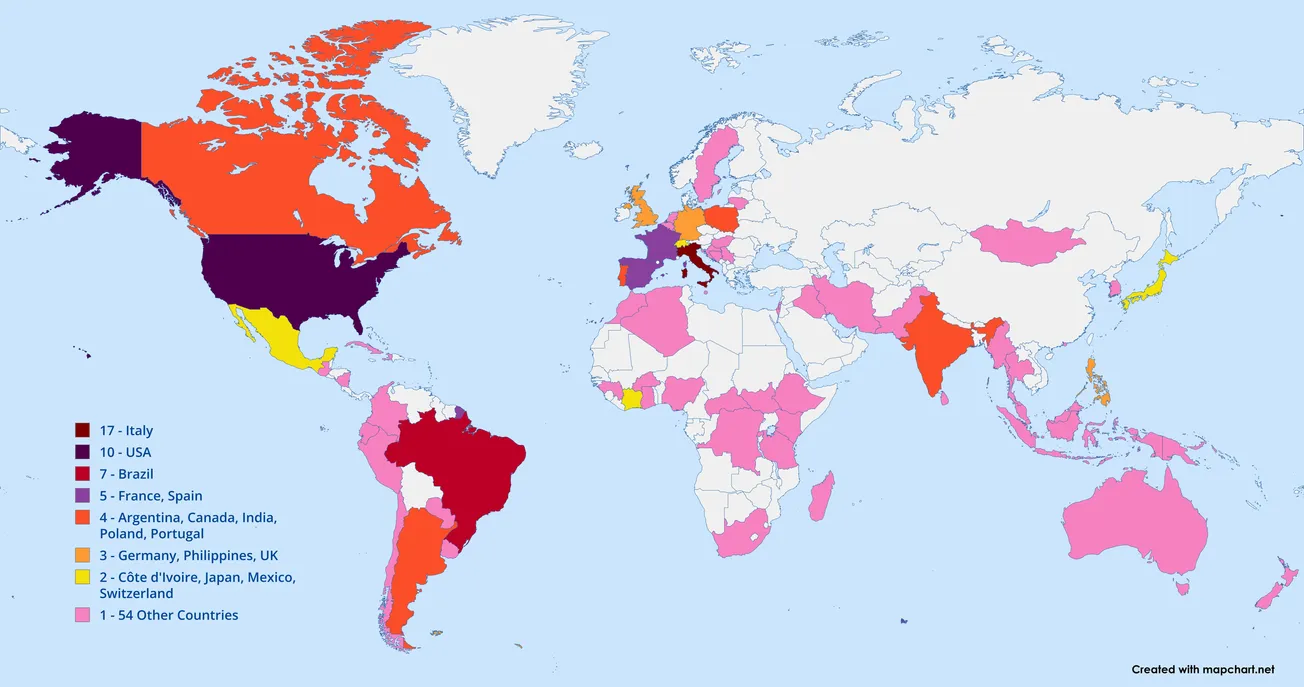By William J. Ford for Maryland Matters
Less than a week after a Maryland State Senate committee reviewed a proposal that would require four-year public colleges and universities to guarantee admission for first-year students, a House subcommittee discussed the same issue Monday during an overall review of higher education in the state.
One of the topics before the House Appropriations Subcommittee on Education and Economic Development focused on direct admission, which allows high school students to go through a less rigorous college application process without formally applying to an institution.
Senate President Pro Tem Malcolm Augustine, a Black Catholic legislator from Prince George’s County, presented legislation last week that would require institutions to adopt a guaranteed admission process to accept Maryland high school students from public or private schools who are in the top 10% of their graduating class.
The proposed bill comes after the U.S. Supreme Court ruled last summer that affirmative action in the college admission policies at Harvard University and the University of North Carolina at Chapel Hill violated the equal protection clause of the 14th Amendment. The court’s decision effectively ended consideration of race as a part of the higher education selection process nationwide.

The Maryland Department of Legislative Services (DLS) recently drafted an analysis of how guaranteed and direct admissions policies could affect the state.
“While guaranteed admissions offers students accessible postsecondary education, it is not the proactive approach to admission that direct admission is built around,” according to the analysis.
The department’s review notes a student must complete a typical long-form application through the guaranteed admissions process.
One tool used in direct admission is The Common Application, also known as the Common App. Prospective and transfer students can create a profile and fill out an application that can be used by more than 1,000 participating colleges and universities. Some of the criteria on an application include grade point average, standardized test scores, and being a first-generation or a low- or middle-income student.
In addition, a school will automatically notify students whether they are accepted.
The DLS survey noted more than 33,000 students nationwide were offered direct admission through the Common App at 14 participating colleges and universities through a pilot program during the 2022-23 school year. About 800 of the applicants accepted admissions offers from those schools.
Some of the reasons for the disparity, according to the analysis, include that students may have chosen to attend a particular school, as well as assumptions made about the quality of the school offering admission.
That’s why college officials said at Monday’s briefing that more information and other data need to be collected to determine whether direct admission will benefit the state.
“As the student cohorts approach graduation, we’ll look at the data to see if direct admissions is something that we should explore scaling up or replicating,” said Jay Perman, chancellor at the University System of Maryland.
Kara Turner, senior vice president of enrollment management and student success at Morgan State University, said the school has reviewed the direct admission process through two nonprofit education organizations.
“We, at this point, don’t think there’s enough data to determine whether those are right for our institution,” she said. “So we will continue to explore those opportunities.”
Who’s using direct admission
Two Maryland schools—Towson University and the University of Maryland Eastern Shore—are utilizing direct admission through the Common App.
“Maryland students who meet specific academic criteria and identify as first-generation college students or low to moderate income will receive an offer of college admissions” to those schools, according to the DLS analysis.
It noted that six out of the 150 applicants offered direct admission to UMES in the fall enrolled in the school. The Eastern Shore school, a historically Black college and university, is in its third year with the Common App. Towson also uses a direct admissions pilot program with the College Board, a nonprofit organization.
Several states have system-level direct admissions programs, including Wisconsin, Georgia, and Minnesota.
Idaho was the first state to utilize direct admission, and it saw an increase in enrollment as a result. The DLS analysis stated that “there was not a meaningful impact on the enrollment of Pell-eligible students,” referring to the federal loan program for students at a certain income level.
The majority of schools that incorporate a direct admission program don’t include HBCUs.
“If direct admission is used as a policy to address equity and achievement gaps, it must be only one policy tool of many,” according to the DLS document. “The financial component of higher education must be considered because increased admission offers will only equal increased enrollment for the underrepresented with it.”
Del. Stephanie Smith (D-Baltimore), who chairs the subcommittee, said just like the higher education officials who testified, she wants to learn more about how the process will benefit Maryland.
“I’m open to anything that will improve accessibility and also help reduce costs,” she said after the briefing.
“But I also want to make sure that we don’t inadvertently harm any of our institutions with a kind of one-size-fits-all approach.”
Maryland Matters is part of States Newsroom, a network of news bureaus supported by grants and a coalition of donors as a 501c(3) public charity. Maryland Matters maintains editorial independence. Contact Editor Danielle Gaines for questions: dgaines@marylandmatters.org. Follow Maryland Matters on Facebook and Twitter.










